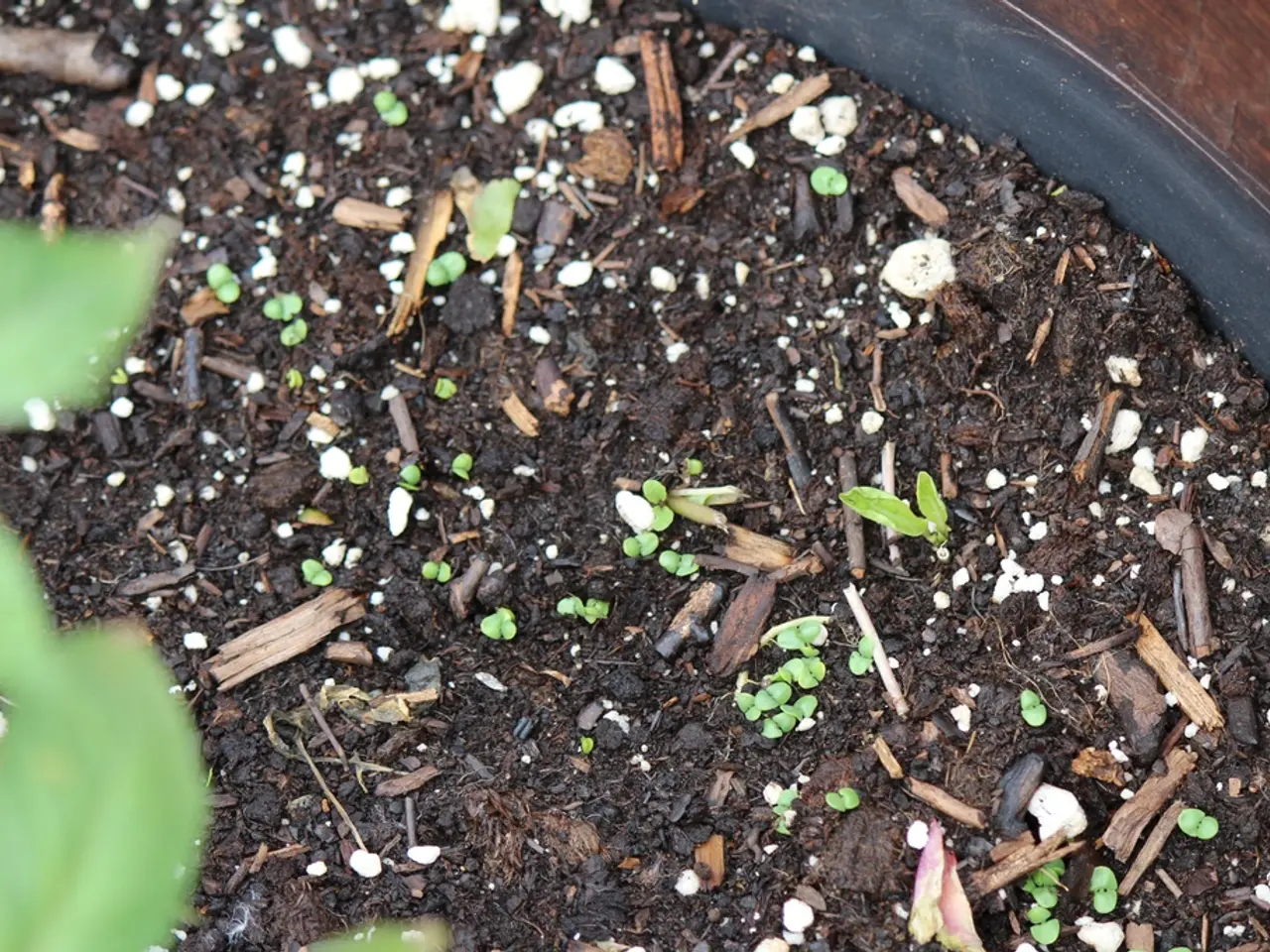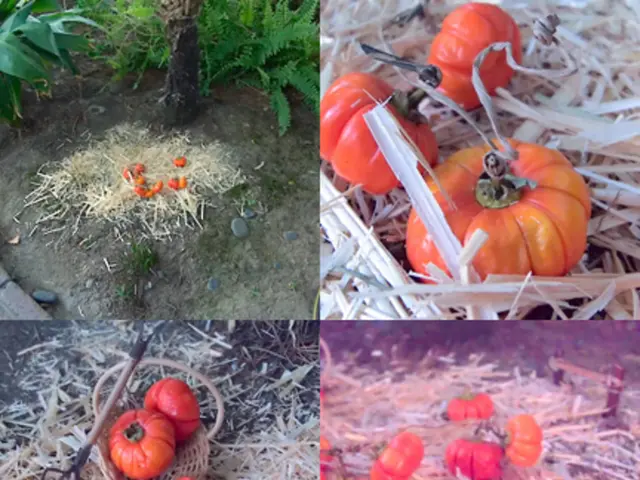Strategies Revealed for Assessing Soil Quality and Soil Analysis
In the realm of agriculture, soil testing plays a pivotal role in managing water, nutrients, and overall soil health. By employing accurate and standardised methods, farmers and gardeners can make informed decisions that lead to sustainable farming practices and increased productivity. Here's a comprehensive guide to the best practices and methods for soil testing in agriculture.
1. Soil Sampling Best Practices - Use sterile tools to avoid contamination, reducing errors by approximately 10%. - Standardise sampling depths, typically 0–6 inches for most crops, to allow consistent comparisons. - Take 10–20 samples per 20 acres, randomly distributed within each field zone or soil type, to capture about 85% of variability. - Label samples clearly with GPS coordinates, depth, and date for traceability. - Handle samples gently to preserve soil structure and store them at 4°C to maintain integrity before analysis. - Document sampling procedures rigorously for quality control, a practice followed by most certified labs.
2. Soil pH Testing - Soil pH affects nutrient availability; optimal crop growth usually occurs between pH 6 and 7.5. - Measure hydrogen ion concentration with standardised chemical tests; pH below 7 indicates acidity, above 7 alkalinity. - Results inform applications such as lime to raise soil pH or sulfur amendments to lower it.
3. Nutrient Analysis - Tests measure primary nutrients nitrogen (N), phosphorus (P), and potassium (K); secondary nutrients (Ca, Mg, S); and micronutrients (Fe, Mn, B, Mo). - Soil samples are mixed with extractant solutions, filtered, and analysed for nutrient concentrations, usually expressed on a dry matter basis as soil-test indices. - Use lab methods tailored to soil types in your region (e.g., Mehlich-3, Bray, Olsen in the US) for accurate results.
4. Organic Matter Content Assessment - Organic matter influences soil fertility, water retention, and microbial activity. - Results support decisions on organic amendments and soil health improvements, especially vital in organic farming.
5. Soil Texture Analysis - Determining percentages of sand, silt, and clay. - Texture informs water retention, aeration, root penetration, and nutrient management planning.
6. Cation Exchange Capacity (CEC) Testing - Measures the soil’s ability to hold positively charged nutrient ions (e.g., Ca²⁺, Mg²⁺, K⁺). - High CEC soils retain more nutrients and have better buffering capacity, crucial for fertilizer planning.
7. Soil Microbial Activity Measurement - Indicators like microbial biomass carbon, respiration rate, or enzymatic activity indicate soil biological health. - Reflects soil fertility and structure, guiding organic matter management and sustainable practices.
8. Bulk Density Testing - Measures dry soil mass per unit volume, usually by collecting core samples with known dimensions. - Helps assess tillage effects and soil physical health.
9. Salinity Testing - Electrical conductivity (EC) of soil extracts indicates salt concentration. - High salinity inhibits plant growth and nutrient uptake. - Standardised extraction and EC meter measurement guide saline soil management.
10. Soil Moisture Testing - Guides irrigation management to optimise water use and avoid stress or waterlogging. - Methods include gravimetric, tensiometers, or modern sensor technologies.
By adhering to these best practices and methods, farmers and gardeners can ensure accurate, reproducible, and actionable soil test results that can improve crop yields, optimise input use, and sustain soil health in agricultural production.
- Incorporating water management and sustainability in home-and-garden tasks can be achieved by testing soil nutrients and pH, then applying suitable amendments, thus enhancing the garden's overall health and contributing to sustainable agriculture.
- Practices such as gardening and sustainable agriculture can benefit from implementing a holistic approach that considers not only water management and nutrient balance but also sustainable lifestyle choices, as improved soil health contributes to better home-and-garden outcomes and supports the broader environment.








